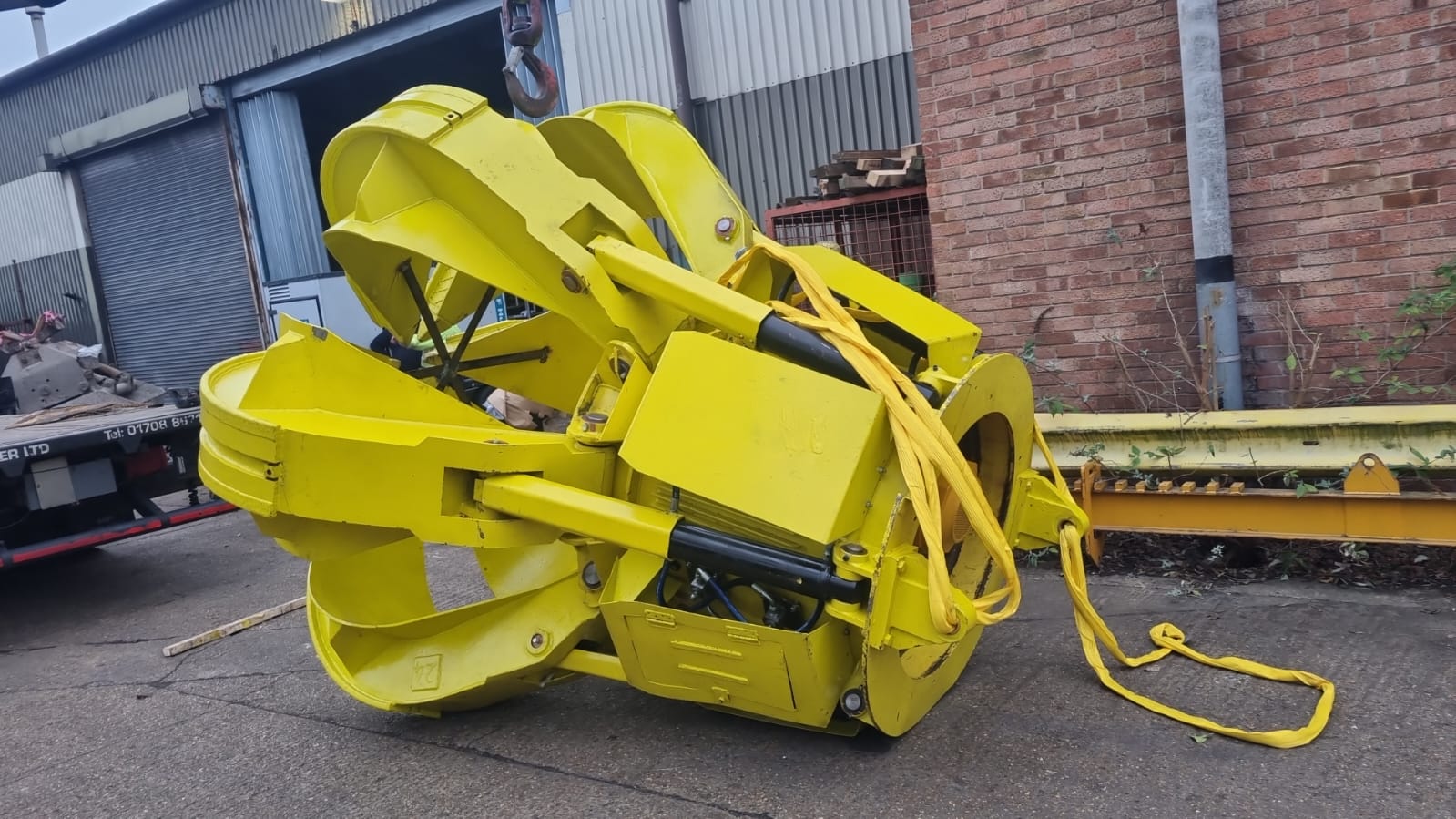Waste Grab Repairs, Including Hydraulic Upgrades, in the UK
Introduction
In the United Kingdom, efficient waste management is essential for environmental sustainability and public health. Waste grabs, often powered by hydraulics, play a crucial role in handling and disposing of waste materials. However, like any machinery, they require regular maintenance and, at times, hydraulic upgrades to operate optimally. In this blog, we will explore the importance of waste grab repairs and hydraulic upgrades in the UK.
The Role of Waste Grabs
Waste grabs are versatile pieces of equipment used in various waste management applications, from recycling plants to construction sites. They are designed to grab, lift, and transport waste materials such as debris, rubble, and recyclables. These machines significantly improve efficiency and reduce the physical strain on workers involved in waste handling.
Importance of Waste Grab Repairs
- Safety: Safety is a paramount concern in waste management. Regular inspections and repairs of waste grabs ensure that they operate safely, reducing the risk of accidents and injuries.
- Efficiency: Well-maintained waste grabs work efficiently, resulting in faster waste handling and reduced downtime. This, in turn, boosts productivity.
- Cost Savings: Timely repairs can prevent minor issues from becoming major, costly problems. Proactive maintenance saves on repair expenses and extends the life of the equipment.
- Environmental Compliance: Adhering to environmental regulations is crucial for waste management operations. Repaired and properly maintained waste grabs are less likely to cause environmental issues.
Hydraulic Upgrades
Hydraulic systems are at the heart of many waste grabs, providing the power needed for their operation. Hydraulic upgrades can offer several advantages:
- Improved Performance: Upgrading hydraulic components can enhance the grabbing force, speed, and precision of waste grabs, leading to increased efficiency.
- Energy Efficiency: Modern hydraulic systems are designed for greater energy efficiency, which can result in lower operating costs and reduced environmental impact.
- Reduced Downtime: Newer hydraulic components are less prone to breakdowns, reducing the frequency of repairs and minimizing downtime.
- Environmental Benefits: More efficient hydraulic systems consume less energy, which aligns with the UK's commitment to reducing carbon emissions.
Steps in Waste Grab Repairs and Hydraulic Upgrades
- Inspection: Begin with a thorough inspection of the waste grab to identify any issues, including hydraulic system problems.
- Assessment: Evaluate the extent of repairs needed and determine if hydraulic upgrades are beneficial for improving performance and efficiency.
- Component Replacement: Replace worn or damaged hydraulic components, such as hoses, pumps, valves, and cylinders, with high-quality, compatible parts.
- Testing: After repairs and upgrades, conduct rigorous testing to ensure the waste grab operates as intended.
- Preventive Maintenance: Implement a preventive maintenance schedule to regularly inspect and maintain the waste grab and its hydraulic system.
Conclusion
Waste grab repairs and hydraulic upgrades are indispensable for efficient waste management in the UK. Safety, efficiency, cost savings, and environmental compliance are all benefits of proactive maintenance and hydraulic system enhancements. By investing in the care and improvement of waste grabs, the waste management industry can contribute to a cleaner, safer, and more sustainable environment while maintaining high operational standards in line with the UK's regulations and commitments to environmental protection.
For specialist advice and a no-obligation quotation in relation to waste grab repairs and hydraulic upgrades, please call IME on 02085996570 or email sales@imegroup.co.uk.

